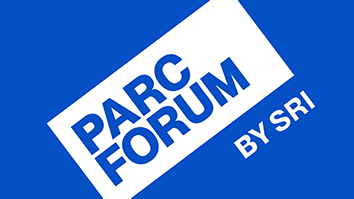Citation
Radić, Z., Dale, T., Kovarik, Z., Berend, S., Garcia, E., Zhang, L., … & Taylor, P. (2013). Catalytic detoxification of nerve agent and pesticide organophosphates by butyrylcholinesterase assisted with non-pyridinium oximes. Biochemical Journal, 450(1), 231-242.
Abstract
In the present paper we show a comprehensive in vitro, ex vivo and in vivo study on hydrolytic detoxification of nerve agent and pesticide OPs (organophosphates) catalysed by purified hBChE (human butyrylcholinesterase) in combination with novel non-pyridinium oxime reactivators. We identified TAB2OH (2-trimethylammonio-6-hydroxybenzaldehyde oxime) as an efficient reactivator of OP–hBChE conjugates formed by the nerve agents VX and cyclosarin, and the pesticide paraoxon. It was also functional in reactivation of sarin- and tabun-inhibited hBChE. A 3–5-fold enhancement of in vitro reactivation of VX-, cyclosarin- and paraoxon-inhibited hBChE was observed when compared with the commonly used N-methylpyridinium aldoxime reactivator, 2PAM (2-pyridinealdoxime methiodide). Kinetic analysis showed that the enhancement resulted from improved molecular recognition of corresponding OP–hBChE conjugates by TAB2OH. The unique features of TAB2OH stem from an exocyclic quaternary nitrogen and a hydroxy group, both ortho to an oxime group on a benzene ring. pH-dependences reveal participation of the hydroxy group (pKa=7.6) forming an additional ionizing nucleophile to potentiate the oxime (pKa=10) at physiological pH. The TAB2OH protective indices in therapy of sarin- and paraoxon-exposed mice were enhanced by 30–60% when they were treated with a combination of TAB2OH and sub-stoichiometric hBChE. The results of the present study establish that oxime-assisted catalysis is feasible for OP bioscavenging.


